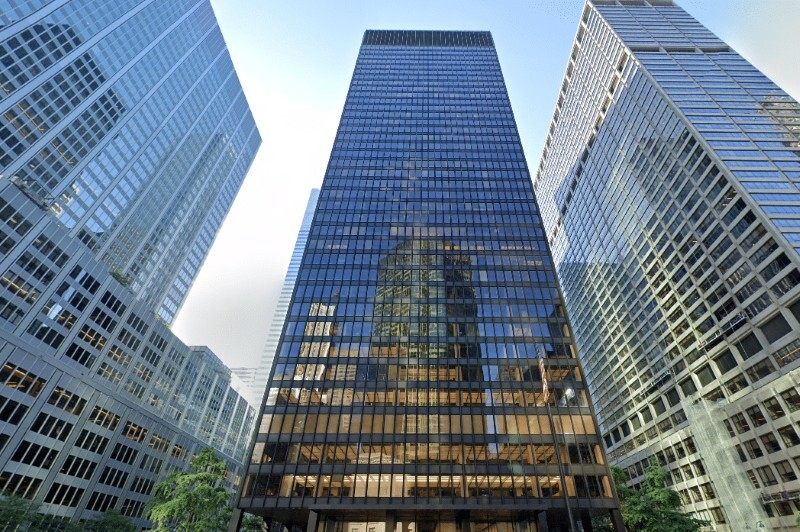15 Sustainable Building Materials for a Greener Future
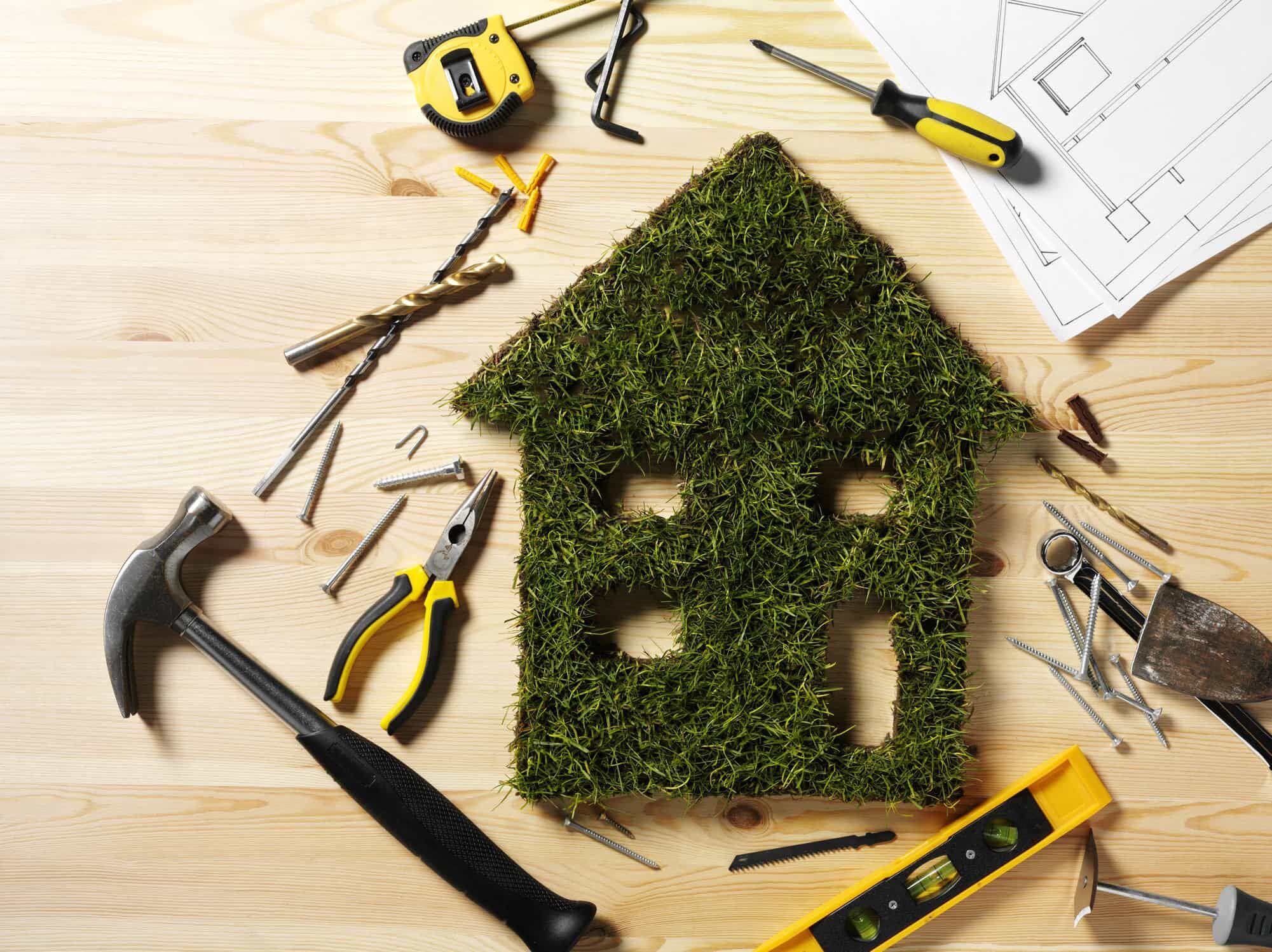
Table of Contents
With an urgent need for climate action and a greener world, many architects and designers have turned to sustainable building materials to implement their sustainable design strategies. Of course, just constructing using these materials is not enough; it is vital that architects understand and integrate passive design and other sustainable strategies to build truly eco-friendly buildings. Fortunately, we now have an abundance of sustainable materials to work with, enabling us to realise our environmental goals.
The Industry’s Need of the Hour
In 2019 alone, the building construction industry was responsible for 38% of global CO2 emissions, recording almost 10 gigatonnes. Needless to say, our industry is among the biggest contributors to the causes of ozone depletion and global warming. As if that has not caused enough damage, the construction industry has relied on non-renewable resources for products that are also environmentally toxic.
With this crisis unfolding worldwide, architects and engineers have now taken up challenge of designing sustainable structures and buildings, following relevant ecological guidelines One of the many ways we can help combat this crisis is by using sustainable materials. Using such materials as part of the overall sustainable design solution can help mitigate the environmental damage inflicted by the AEC industry by reducing the carbon footprint and reliance on non-renewable resources.
What are Sustainable Building Materials?
Using sustainable building materials is one of the core practices when designing green buildings. But how do we define a 'sustainable' material? Many people tend to think the term is interchangeable with 'recyclable' materials. However, being recyclable is only one characteristic of a sustainable or ecological material. We can now recycle and reuse several materials, be it in construction itself or other products, to reduce our carbon footprint and reliance on non-renewable resources.
The other characteristic defining sustainable materials is that they do not deplete non-renewable resources or disrupt the natural environment during production. So, concrete, steel or plastic may not be eco-friendly construction materials but we can reuse them to reduce further production.
Benefits of Using Sustainable Material
1. Eco-Friendly & Energy Efficient: Reduces resource depletion, lowers carbon emissions, and enhances insulation, leading to lower energy consumption and operational costs.
2. Healthier Living Spaces: Minimises toxic emissions, improves indoor air quality, and creates a safer, more comfortable environment for occupants.
3. Durable & Cost-Effective: Long-lasting materials require less maintenance and replacement, reducing overall construction and lifecycle costs while promoting sustainability.
7 Principles of Sustainable Construction
1. Sustainable Design
Sustainable design involves creating buildings and infrastructure that minimise negative environmental impacts while enhancing the well-being of occupants and communities. This approach considers:
- Factors such as energy efficiency, water conservation, material selection, and site design to reduce resource consumption and pollution.
- Focuses on creating spaces that promote health, comfort, and productivity for occupants while integrating with natural ecosystems and minimising ecological disruption.
2. Durability
Durability in sustainable construction refers to designing and constructing buildings to withstand environmental stresses and maintain functionality over an extended lifespan.
- Durable buildings require fewer resources for maintenance, repair, and replacement, reducing lifecycle costs and environmental impact.
- Design strategies for durability include selecting high-quality materials and proper construction techniques.
- Proactive maintenance practices to enhance resilience against weathering, wear, and other forms of degradation.
3. Energy Efficiency
Energy efficiency minimises energy consumption in buildings by optimising design, construction, and operational practices. This principle involves:
- Incorporating passive design strategies such as orientation, insulation, and natural ventilation to reduce the need for heating, cooling, and artificial lighting.
- Energy-efficient technologies such as high-performance windows, efficient HVAC systems, and energy management systems further reduce energy demand, lower utility bills, and decrease greenhouse gas emissions.
4. Waste Reduction
Waste reduction focuses on minimising construction and operational waste throughout the building lifecycle. This principle involves:
- Employing strategies such as prefabrication, modular construction, and material recycling to reduce waste generation during construction.
- Designing for deconstruction facilitates the disassembly and salvage of building components for reuse or recycling at the end of a building's life, further reducing waste sent to landfills and conserving resources.
5. Indoor Air Quality
Indoor air quality (IAQ) refers to the quality of air within buildings and its impact on occupant health and comfort. Sustainable construction prioritises:
- IAQ by minimising sources of indoor air pollution, such as volatile organic compounds (VOCs), formaldehyde, and airborne particles, through careful material selection and ventilation design.
- Strategies to improve IAQ include using low-emission materials, providing adequate ventilation rates, and incorporating filtration and air purification systems to remove contaminants and promote a healthy indoor environment.
6. Water Conservation
Water conservation involves reducing water consumption and minimising the impact of building activities on water resources. Sustainable construction incorporates:
- Water-efficient fixtures and appliances, such as low-flow toilets, faucets, and showerheads to reduce potable water usage within buildings.
- Strategies such as rainwater harvesting, greywater recycling, and xeriscaping minimise outdoor water demand and promote sustainable water management practices, particularly in regions facing water scarcity or drought.
7. Sustainable Building Materials
Sustainable building materials are environmentally responsible products with low embodied energy, minimal environmental impact, and high durability. These materials include:
- Renewable resources such as sustainably harvested wood, bamboo, and cork, as well as recycled materials like reclaimed wood, metal, and glass.
- Materials with third-party certifications, such as Forest Stewardship Council (FSC) certification for wood products or Cradle to Cradle certification for overall environmental performance, help ensure sustainable sourcing, production, and disposal practices throughout the lifecycle of building materials.
15 Sustainable Materials Used in Construction
1. Cork
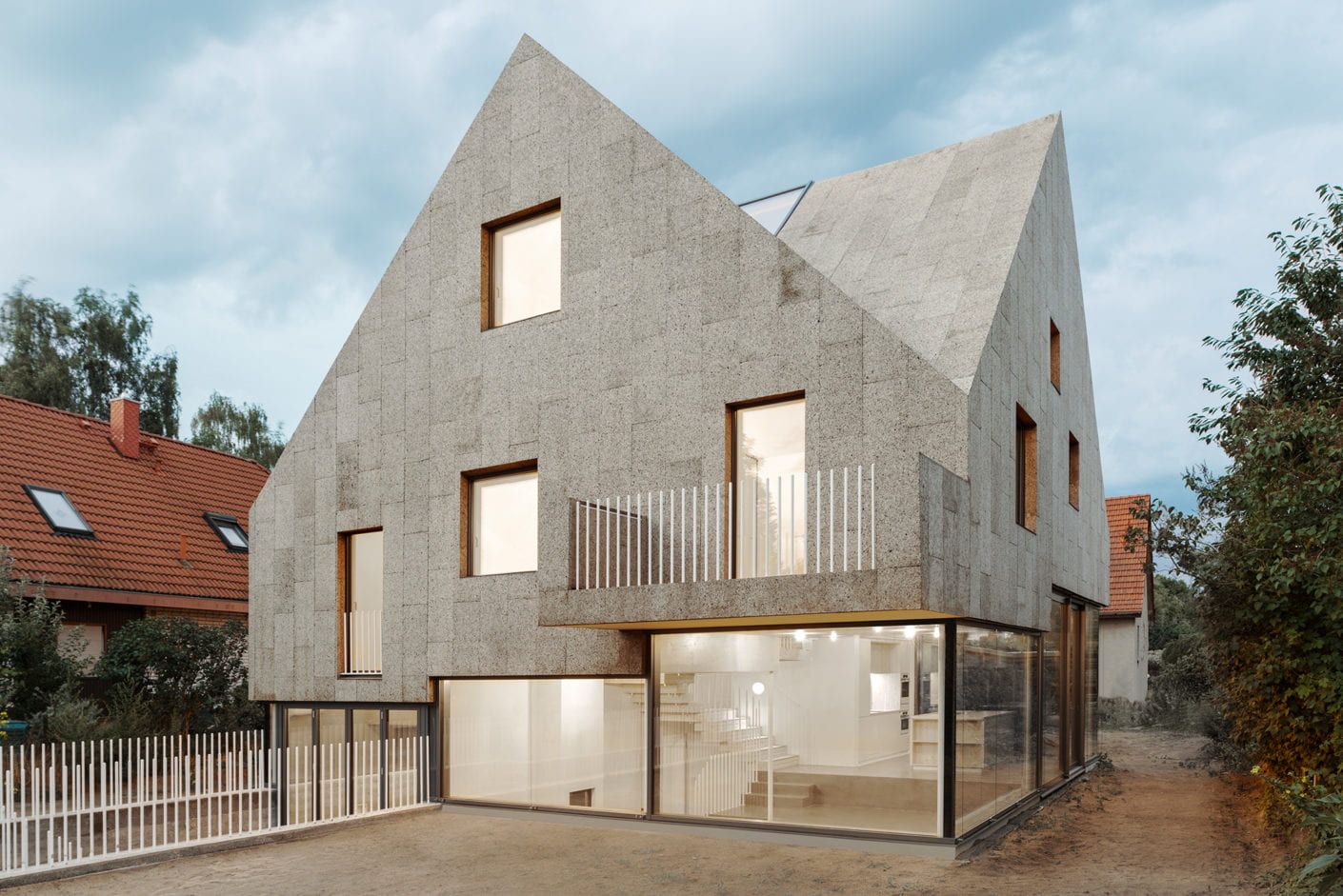
Often associated with wine stoppers and bulletin boards, cork can actually be used as a construction material. Its many sustainable features are still unknown to many. The cork we use comes from cork oak trees, which can survive for around 200 years. During its lifespan, a tree can produce some hundred kilograms of cork, making it one of the most renewable sources. Stripped from the tree barks, it is then processed to produce the cork to be made into boards or stoppers. Nowadays, architects are showing interest in this material as it is recyclable, water resistant, lightweight and thermally efficient.
2. Recycled steel
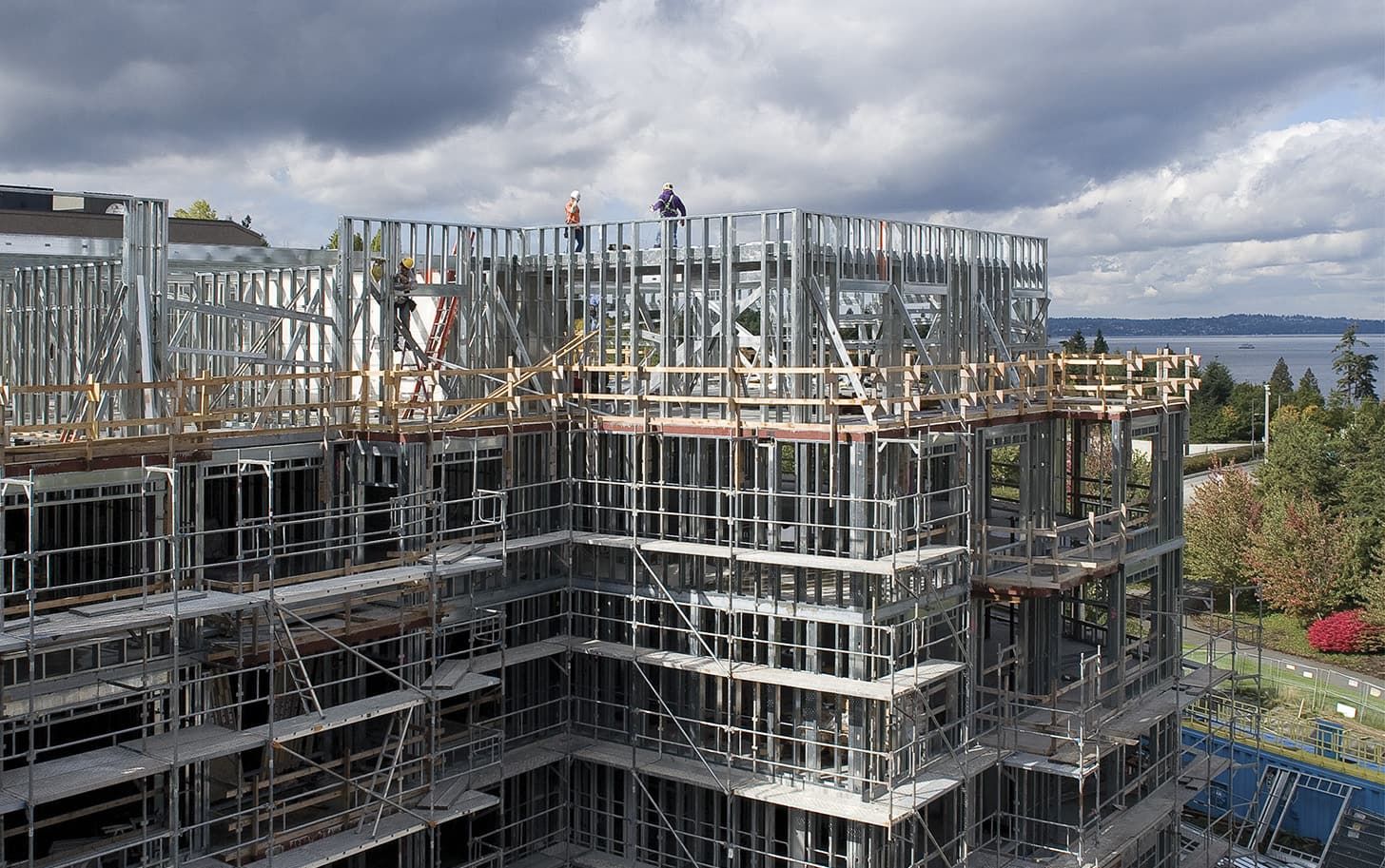
As one of the most commonly recycled materials, steel has proved to remain usable without losing its properties. Still strong and durable, it can be as useful as any new steel for construction. By recycling reclaimed steel, we are able to save natural resources while reducing the huge amount of energy and pollutants from the extraction and production. The energy used in the recycling process is less than a regular production process as raw materials are already processed.
3. Recycled or Reclaimed wood
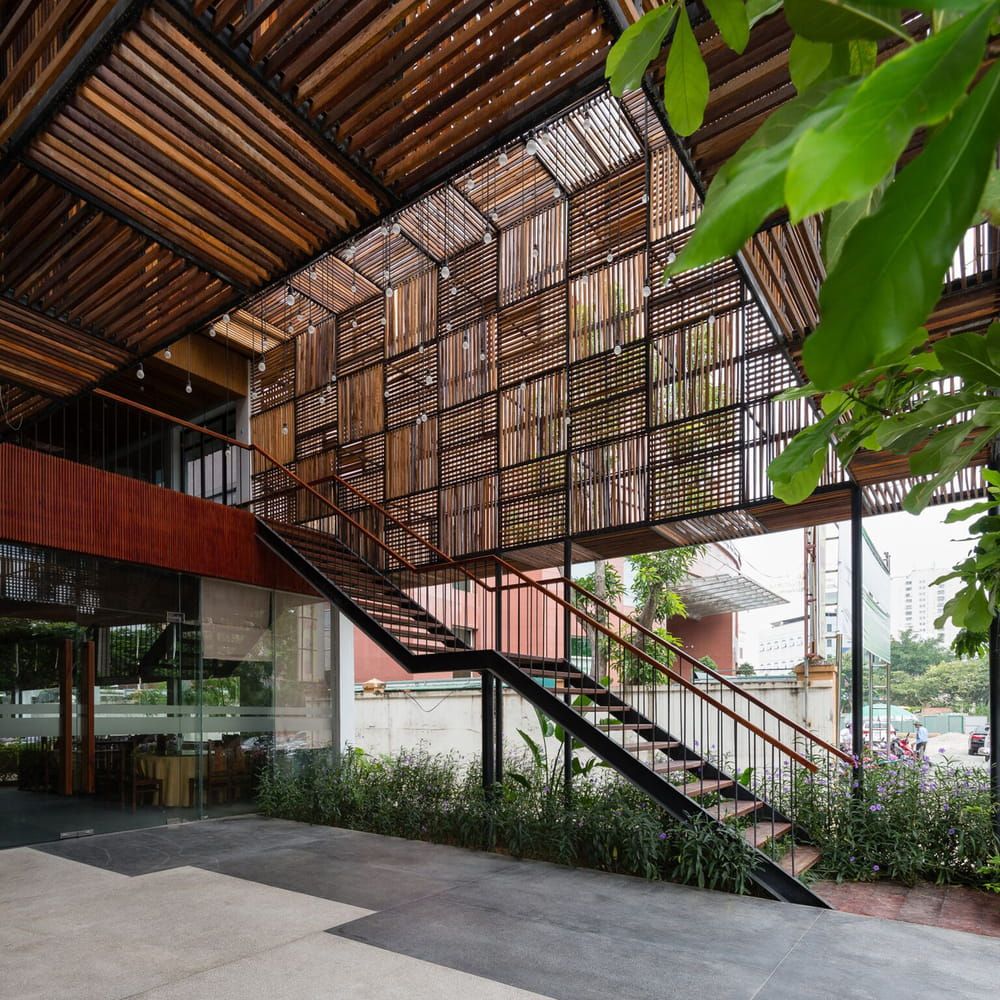
You can’t go wrong with wood; it is easy to use, especially with proper care, and with the right aesthetic can make for some rather pleasing architectural elements. But how do we make its use sustainable? With proper management, wood can be a renewable resource. However, we must ensure not to rely on new wood or our usage can overtake its growth rate. One easy solution is to recycle reclaimed wood. We can already see this practice with upcycled furniture. By recycling wood, we can lower deforestation and indirectly promote biodiversity and carbon capture.
4. Bamboo

A popular material for both architecture and industrial design, bamboo has been used for construction as a sustainable building material by many architects.
Its fast growth rate and abundance make it an environmentally and economically sustainable material. In fact, bamboo is known to be one of the fastest-growing plants in the world. It is also lightweight and flexible to shape with the proper technique. Combined with computational means, bamboo can be used to construct strong and stunning structures.
5. Hempcrete

Hempcrete usually comes in blocks, produced from a mix of hemp fibre and lime. Hempcrete has been deemed as a carbon-negative material due to its higher absorption of carbon dioxide than emission (usually from production). Hemp fibre works similarly to timber except it grows faster and therefore can be replenished easily. Hempcrete blocks are lightweight and flexible to design and also work well as an insulator. Thus hempcrete indirectly further reduces the need for energy consumption for heating or cooling.
Also Check out: Sustainable Architecture: Everything you need to know
6. Mycelium
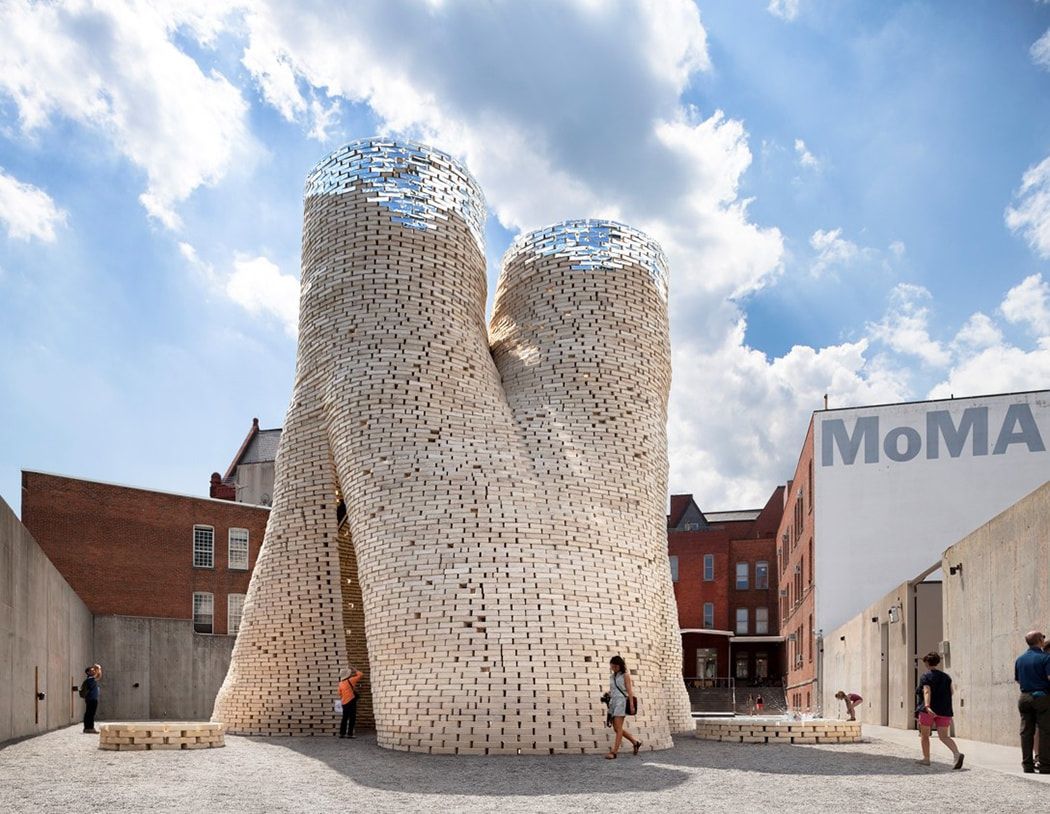
Mycelium has been explored as a potential sustainable construction material in the recent few years. It is a fungal material, more specifically made from the root-like fibres of the fungi. If developed and used the right way, it can become one of the most innovative green materials due to its organic and biodegradable properties as well as it being insulating and non-toxic to both users and the environment. That’s not all – it is lightweight and resistant to fire and water. Mycelium is now being used in several industries including packaging and fabrication.
7. Rammed earth
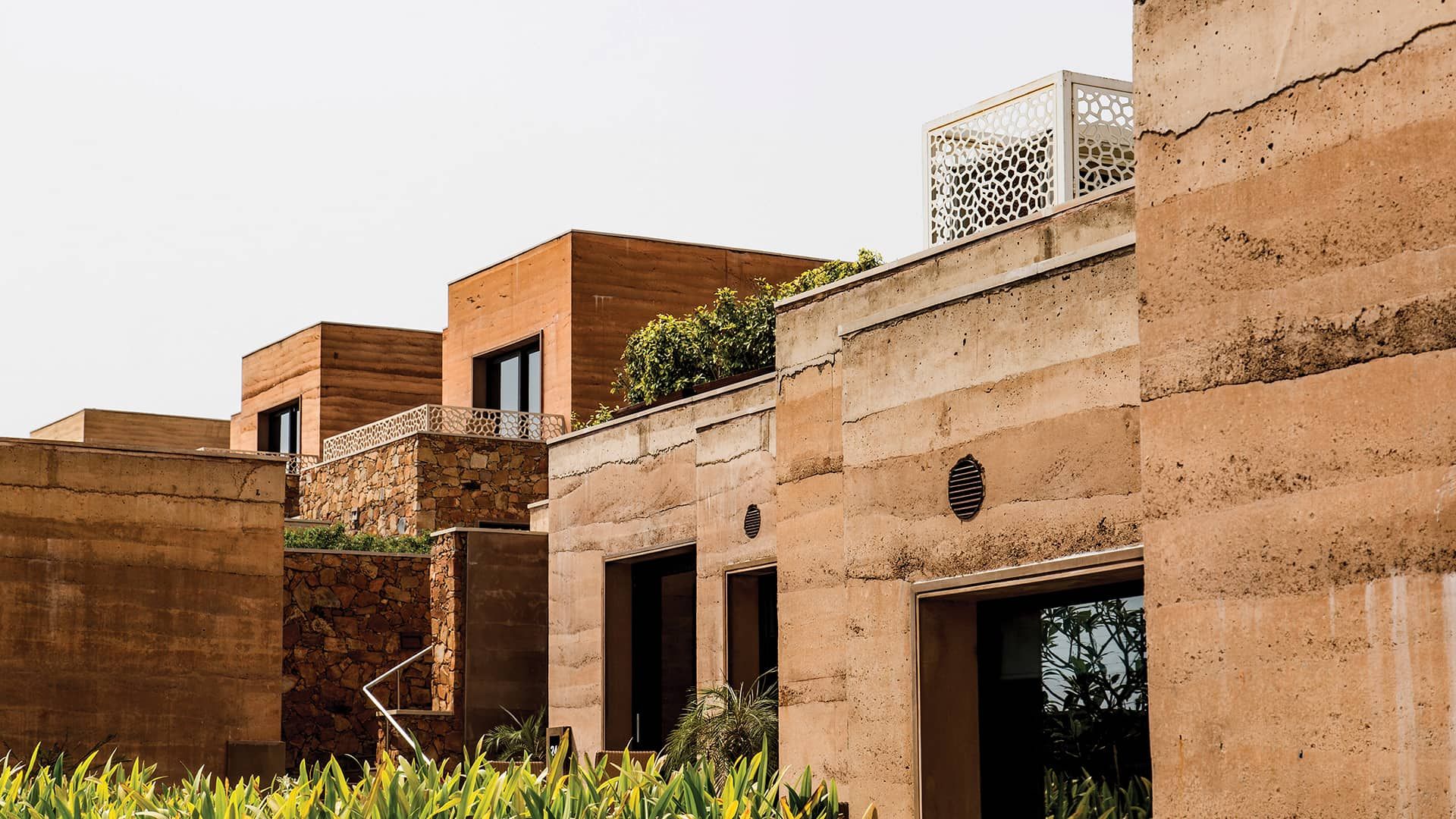
Buildings in rammed earth, dating back centuries, can be found in many parts of the world. To this day, it is considered an abundant, and sustainable resource for building material. With the right type of earth for such constructions, rammed earth buildings can have a low carbon footprint since the earth excavated from the site can be used, leaving little or no need for transportation. Using low carbon materials such as rammed earth can decarbonise the environment. A similar material is mud, which many modern architects have experimented with.
8. Biocomposite cement

Technology has become so advanced that we can now produce masonry blocks with materials grown from algae! Certain kinds of algae are able to naturally produce cement-like material. The result is a low-carbon material with similar properties to cement used in construction. This is still largely in the testing processes and not widely used in the industry yet but could soon be one of the leading materials to help achieve net-zero buildings.
9. Recycled plastic

Plastic material is a pressing environmental threat polluting much of the earth and the oceans, owing to high usage and low recycling rates. Many artists and designers have taken up the challenge of using recycled plastic in their products. Although this may just be a small collective effort, as the recycling reaches industrial level, this practice may soon prove effective along with reduced reliance on plastic, of course.
10. Terrazzo

Terrazzo is a recycled material used commonly as floor tiles. Not only is it aesthetic with colourful fragments, but also sustainable as it is made from scraps of marble and glass chips in cement. This material is nothing new; it has been used since the ancient Roman times but was popularised in the 18th century. The terrazzo we use now is an upgrade of the old with better resistance to scratches and cracks. Ecological recycling is what makes terrazzo a sustainable material – even pieces of plastics can be recycled to become terrazzo.
11. Mud brick

Mud bricks are an ecological material as they are usually made on site, or at least with the mud from the site. Thus, it reduces the need for more materials and transportation for them to be carried to the site. They are rarely made only with mud and water; other materials such as straw or even cement can be mixed in to reinforce its strength. As they are produced from mud on site, they are recyclable and non-toxic to the environment. They also have high thermal mass (the ability of a material to absorb and store heat), making it a good option in hot and dry locations. The only downside is that mud bricks need good insulation against water.
12. Ferrock
Ferrock is an eco-friendly alternative to concrete, made from recycled steel dust and silica. It is stronger than traditional concrete and absorbs Carbon Dioxide during its curing process, making it carbon-negative. Its durability and sustainability make it an excellent choice for environmentally friendly construction.
13. Recycled Plastic Lumber
Manufactured from discarded plastic waste, this material serves as a durable alternative to traditional wood. It helps reduce plastic pollution, requires minimal maintenance, and is resistant to moisture, insects, and decay, extending the lifespan of construction projects.
14. Sustainable Cement Alternatives
Innovations in cement production, such as using alkali fusion processes with industrial by-products like slag, have led to sustainable alternatives that reduce carbon emissions by up to 85% compared to traditional Portland cement. These alternatives maintain the structural integrity required for construction while significantly lowering environmental impact.
15. Cross-Laminated Timber
An engineered wood product made by layering timber in perpendicular directions, creating strong and stable panels. CLT is renewable, stores carbon, and offers a sustainable alternative to steel and concrete in construction, promoting faster build times and reduced environmental impact.
Conclusion
With the need for positive sustainable change in the industry long overdue, it is about time architects take more interest in sustainable architecture and its materials to counter the high carbon emissions of the built environment. We may not see the results immediately, but we can make definite strides towards making the Earth a better place to live in for future generations.
Designing and building such structures is not a piece of cake, but it can be for you if you master one of the most in-demand skills globally in the AEC industry. We are talking about Computational Design. This skill plays a pivotal role in achieving environmental goals in sustainable design principles, which are increasingly prioritised in the AEC industry.
It’s safe to say that CD is revolutionising the AEC industry by enhancing efficiency, driving cost-effectiveness, and promoting sustainability. You can also be a game-changer in the AEC industry, where companies are demanding professionals with Computational design skills. How? By upskilling in Novatr’s Master Computational Design Course. Head to our course page to learn more.
If you want to learn more about trending AEC industry updates, visit our Resources page
Frequently Asked Questions
1. Why are sustainable building materials crucial for the construction industry?
Sustainable building materials are vital in construction to reduce environmental impact, minimise resource depletion, and lower greenhouse gas emissions. They enhance energy efficiency and promote healthier living environments.
2. What makes a building material sustainable, and how does it benefit construction?
A material is sustainable if it is renewable, recyclable, and has a low environmental impact during its lifecycle. Using such materials decreases reliance on non-renewable resources and reduces a building's carbon footprint.
3. What are the most commonly used sustainable building materials in construction?
Common sustainable materials include bamboo, reclaimed wood, recycled metal, and rammed earth. These materials are eco-friendly and often more durable, contributing to long-term sustainability in construction.
4. What challenges does the construction industry face in adopting sustainable building materials?
Challenges in adopting sustainable materials include higher upfront costs, limited availability, and resistance to change within the industry. Additionally, a lack of awareness and standardised regulations can hinder widespread implementation.

 Thanks for connecting!
Thanks for connecting!


.png)

.jpg)
.jpg)
